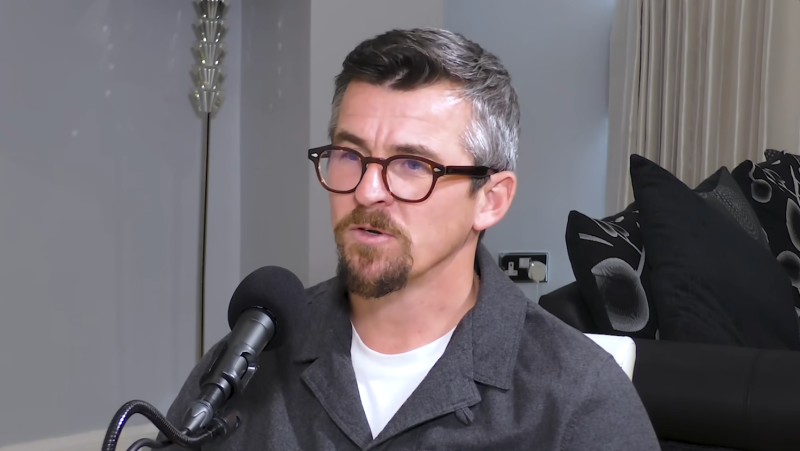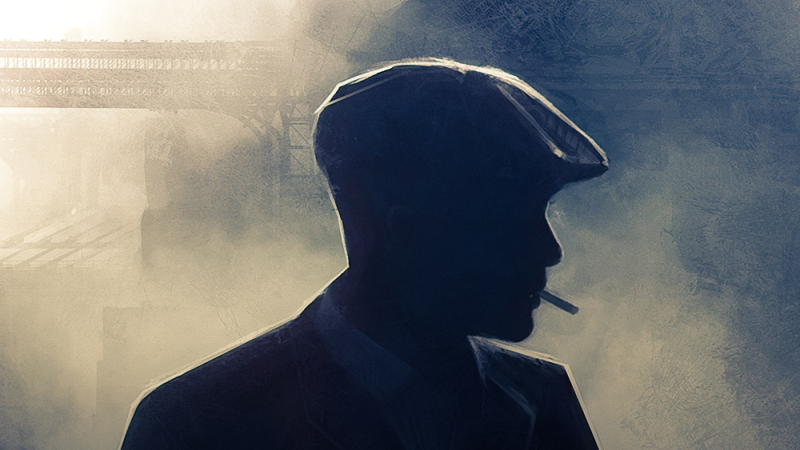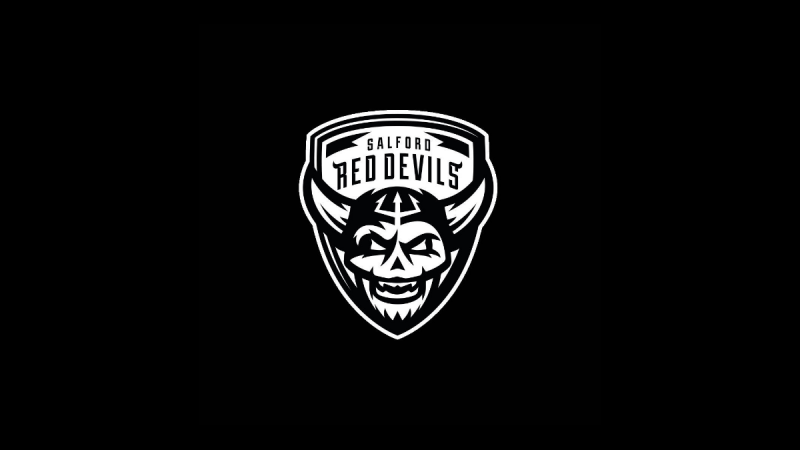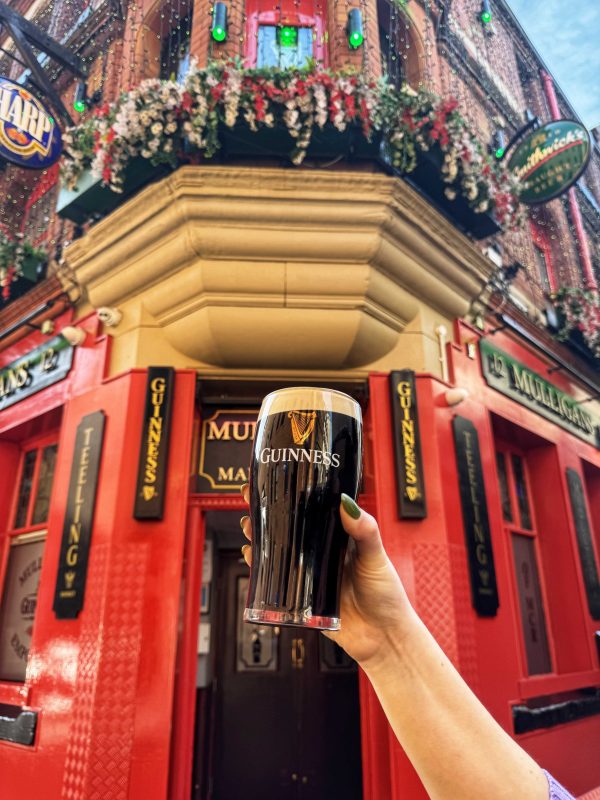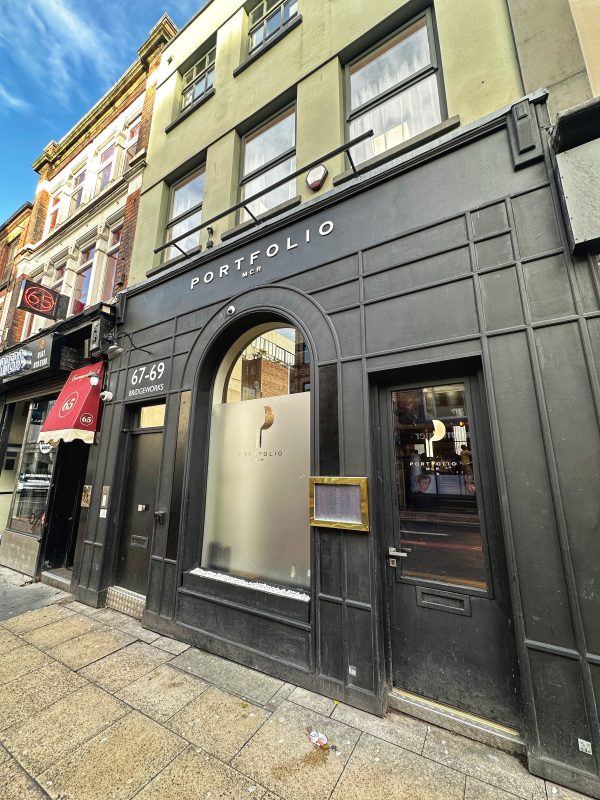UK News
A rare solar eclipse with a ‘ring of fire’ will be visible in skies above Greater Manchester later this week
The celestial event is known as an annular eclipse, and only occurs every one or two years.
A rare partial solar eclipse will be visible in skies above Greater Manchester later this week.
In a celestial event known as an annular eclipse that only occurs every one or two years, the sun and moon will be positioned exactly in line with the earth, but the moon will appear to cover and block the sun out by nearly a third.
This causes the sun to appear as a very bright ring – or annulus, as it’s officially known – in a phenomenon which has been dubbed the “ring of fire”.
As impressive as it sounds though, the “ring of fire” in its true form will unfortunately only be visible from Russia, Greenland and northern Canada, with observers in the UK and Ireland only treated to a crescent sun instead of a ring.
This is due to the fact that, as mentioned, this will only be a partial eclipse.
When is the eclipse?
For all of us here in the UK, the spectacle is set to begin at 08:12 UTC on Thursday 10 June, and at this moment, the moon will begin its slow creep across the face of the sun.
It reaches its maximum coverage at 10:41 UTC and then, the eclipse ends at 13:11 UTC.
If you’re a little unsure as to what the UTC (Universal Coordinated Time) is, websites such as timeanddate.com will help you convert UTC into your local time, so in the UK, for example, British summer time is UTC+1 hour, so the maximum eclipse takes place at 11:41 BST.

Where and how can I watch the eclipse safely?
Even though for the UK a large part of the solar disc will be covered, experts have warned that looking at the partially eclipsed sun without appropriate protection can still cause serious and permanent damage to the eyes.
Dr Emily Drabek-Maunder, an astronomer at the Royal Observatory Greenwich, said: “Never look at the sun directly or use standard sunglasses, it can cause serious harm to your eyes.”
She suggests using a simple pinhole projector, solar eclipse viewing glasses – which can be purchased online – or special solar filters that fit on telescopes.
“You can make a projector by poking a small hole into a piece of card.” she adds.
“Hold the card up to the sun so that light shines through the hole and on to a piece of paper behind the card [and] you will be able to see the shape of the sun projected on to the piece of paper and watch its shape change as the moon passes in front of the sun.”
The Royal Observatory Greenwich will be also be streaming the eclipse live on its website and YouTube channel here.
Featured Image – Pixabay






